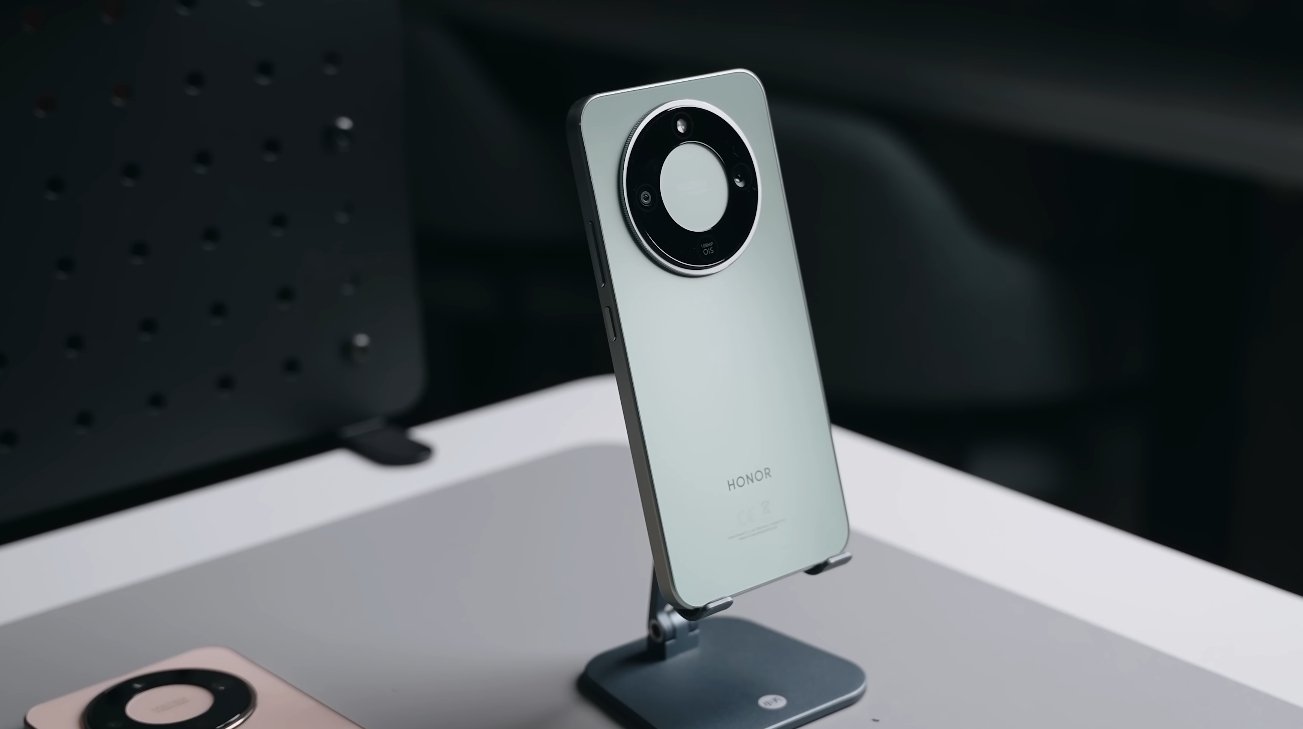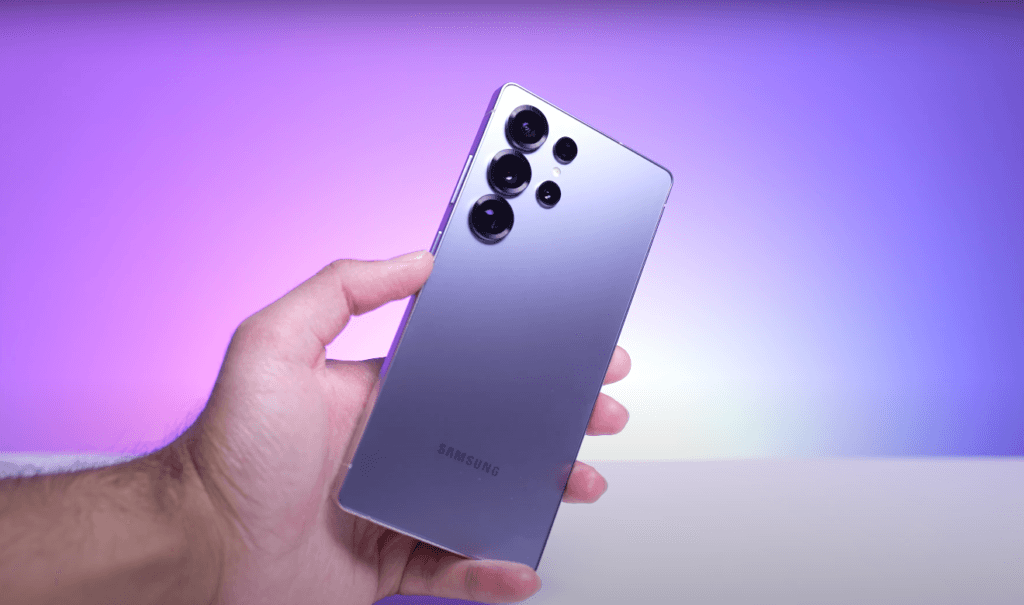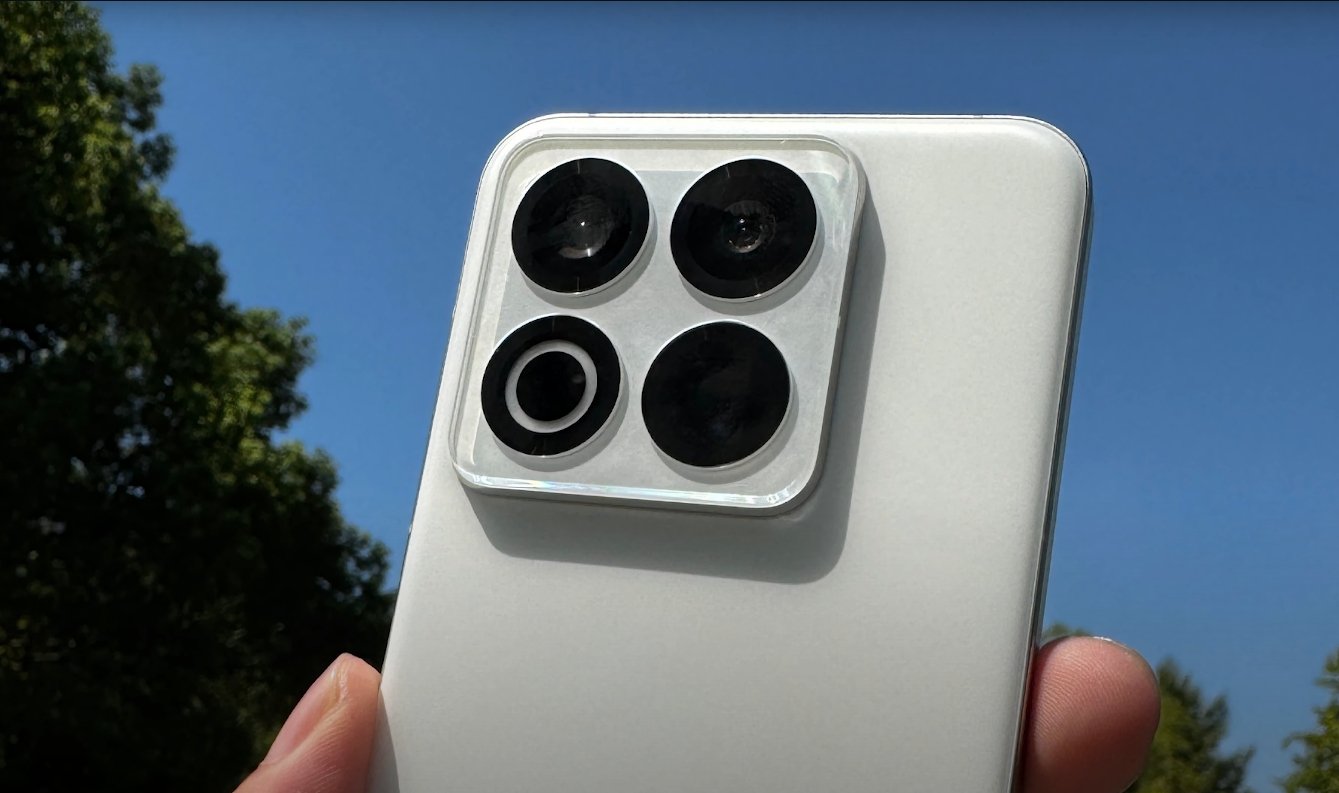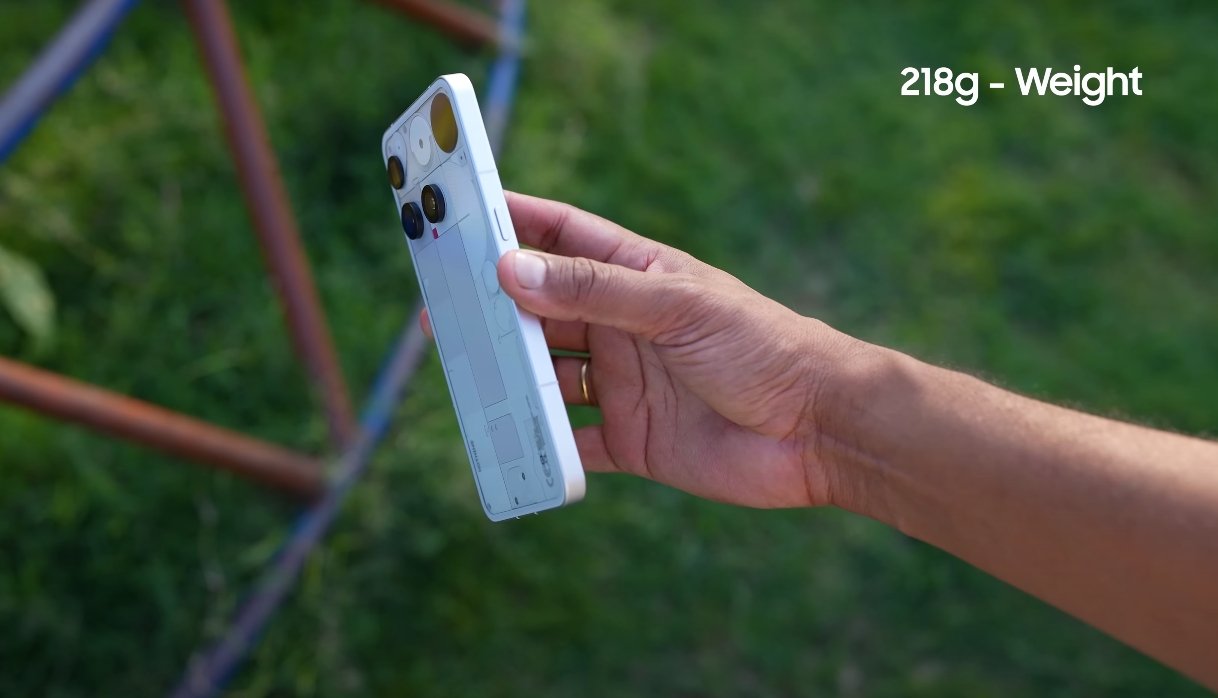Detailed Comparison Between Honor X9d and Realme GT Neo 7 Lite
The competition between Honor and Realme has intensified in the mid-range smartphone market, as both brands continue to deliver devices that rival premium models in speed, design, and performance. The latest clash between the Honor X9d and Realme GT Neo 7 Lite highlights two different philosophies — one focused on endurance and toughness, the other on raw speed and gaming power. This head-to-head comparison explores how these two smartphones perform in real-world conditions, including design, performance, battery life, and camera quality.
The Honor X9d arrives as a feature-rich device that emphasizes durability and long-lasting performance. It carries a large 6.79-inch AMOLED display with a 120Hz refresh rate and up to 6,000 nits of peak brightness, providing excellent outdoor visibility. What sets it apart is its IP66, IP68, and IP69K certifications, making it resistant to water, dust, and even high-pressure sprays. This makes the X9d one of the most rugged mainstream smartphones in its price segment. Powering it is Qualcomm’s Snapdragon 6 Gen 4 chipset, paired with up to 12GB of RAM and 512GB of storage, ensuring smooth multitasking and app performance. The device also boasts a massive 8,300mAh battery, which is one of the largest available on modern smartphones, providing up to two days of heavy usage on a single charge.
In contrast, the Realme GT Neo 7 Lite focuses on speed and performance. It features a slightly smaller 6.78-inch AMOLED display, also with a 120Hz refresh rate, ensuring fluid scrolling and fast response times. Under the hood, it houses the powerful Snapdragon 7+ Gen 2 processor, a chipset built for gaming and high-end multitasking. This gives the GT Neo 7 Lite an advantage in benchmark scores and real-time gaming tests, where it delivers higher frame rates and quicker app loading times. Combined with up to 12GB of RAM and UFS 3.1 storage, it’s optimized for users who demand raw processing power, whether for gaming or heavy multitasking.
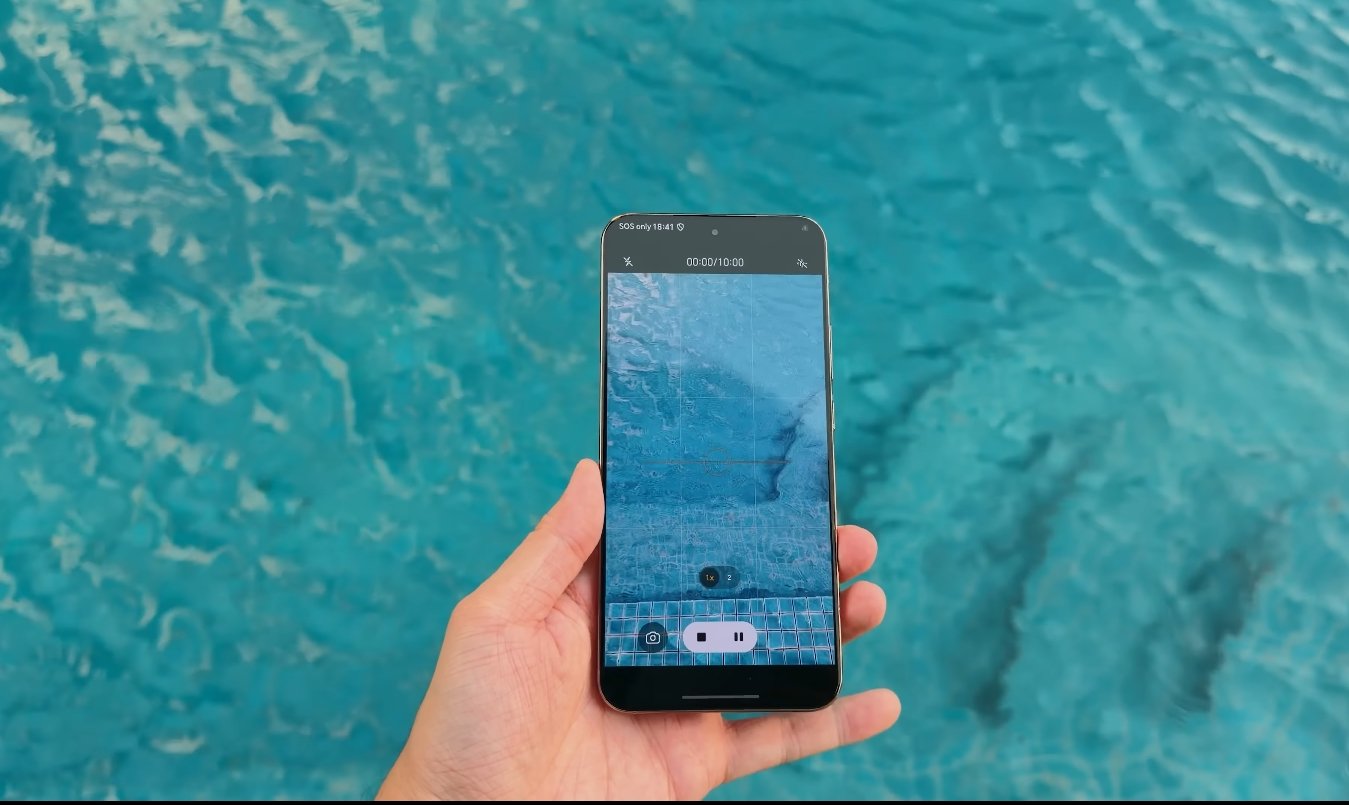
In day-to-day use, both phones perform exceptionally well, but their priorities differ. The Honor X9d’s performance is steady and consistent, focusing on sustained speed without overheating. Even during long video calls, streaming sessions, or gaming marathons, it maintains temperature stability thanks to its efficient thermal design. The Realme GT Neo 7 Lite, while faster in peak performance, tends to warm up slightly during prolonged gaming, though its internal cooling system prevents performance drops. Users who prefer performance spikes and quick task execution will find Realme’s chipset more responsive, while Honor’s users will appreciate the stability and endurance in everyday use.
When it comes to cameras, the Honor X9d clearly takes a lead with its 108MP main rear sensor that delivers crisp, detailed photos even in low light. The 5MP ultra-wide lens and 16MP front camera complement the setup, producing vibrant colors and balanced exposure. The Realme GT Neo 7 Lite, equipped with a 50MP primary sensor, focuses more on computational photography and color accuracy. Its AI processing produces lively photos with good dynamic range, but the overall detail level is slightly lower compared to Honor’s 108MP shots. For photography enthusiasts who value sharpness and natural texture, the Honor X9d has the edge, while Realme offers quicker processing and more vivid tones.
Battery performance marks one of the biggest differences in this comparison. The Honor X9d’s 8,300mAh silicon-carbon battery is unmatched in its category, offering extended power even for heavy users. With 66W fast charging support, it refills quickly, making it perfect for those who need long battery life and minimal downtime. The Realme GT Neo 7 Lite, featuring a smaller 5,400mAh battery with 100W fast charging, focuses more on rapid power delivery than longevity. It charges faster but drains earlier under gaming or video streaming, meaning users might need to recharge mid-day. Those who value reliability over recharge speed will find Honor’s approach more practical, while users wanting instant top-ups may prefer Realme.
Software experience also differs significantly. The Honor X9d runs on MagicOS 9 based on Android 15, offering a clean, fluid, and bloat-free interface. It emphasizes efficiency with smooth animations and minimal background battery drain. The Realme GT Neo 7 Lite runs on Realme UI 5.0, which is more customizable and packed with features, though it can feel heavier with preinstalled apps. Both devices receive timely updates, but Honor’s simplified interface provides a more balanced experience for users who value stability and battery optimization.
In conclusion, both the Honor X9d and Realme GT Neo 7 Lite deliver strong performances in their respective categories. The Honor X9d stands out for its rugged design, exceptional battery life, and high-resolution camera, making it ideal for long-term, reliable use. Meanwhile, the Realme GT Neo 7 Lite appeals to gamers and performance seekers with its faster processor, premium display, and quick charging capabilities. The Honor X9d is the phone for endurance, while the Realme GT Neo 7 Lite is the choice for raw power. In this head-to-head battle, the winner depends on whether the user values longevity and toughness or speed and gaming performance.
Also Read: Honor X9d vs iQOO Z9 Pro shocking performance test
